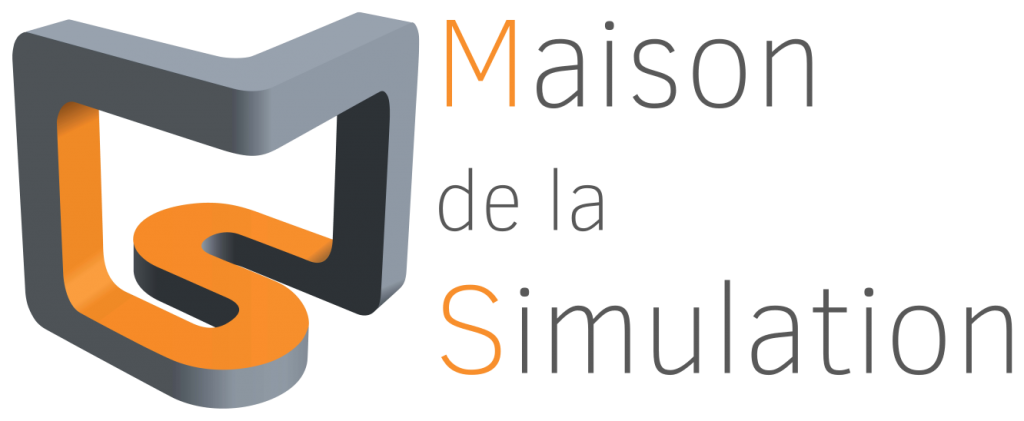🧑🏫 Serge Van Criekingen, IDRIS, France
🌎 March 2020
Abstract
Parallel Schwarz-type domain decomposition methods are based on an iterative process where, at each iteration, a local solve is simultaneously performed on each of the (possibly overlapping) subdomains, using interface values previously computed on neighboring subdomains. The reference method in this framework is the Restricted Additive Schwarz (RAS) method, implemented as a preconditioner in the PETSc library. Using existing PETSc tools, we here implement two improvements to this method: a new coarse correction to obtain a two-level scalable method, as well as optimized transmission conditions, resulting in an Optimized 2-level Restricted Additive Schwarz method.
The first improvement, namely the introduction of a coarse correction to insure scalability, is wellknown and due to that fact that, in the case of elliptic problems, information is only transferred from each subdomain to its direct neighbors at each iteration of a 1-level method such as RAS. This makes the number of iterations grow with the number of subdomains. Scalability is achieved by introducing a coarse grid on which a reduced-size calculation is performed, yielding a coarse correction at each iteration of the solution process. Such a 2-level method permits global propagation of the iterative corrections throughout the entire domain, leading to the scalability of the method. Many choices for the coarse grid point locations are possible, and we here follow a method introduced by M.J. Gander et al. yielding a reduced number of iterations.
The second improvement, namely optimized transmission conditions, stems from the idea that the transmission conditions used in the iterative process at subdomain interfaces can also be chosen such as to reduce the number of iterations. In our case, we consider Robin transmission conditions instead of the classical Dirichlet ones, i.e. a well-chosen combination of Dirichlet and Neumann values at subdomain interfaces. A good choice of the Robin coefficient representing the relative weight of Dirichlet and Neumann values permits minimizing the number of iterations, which led to the name Optimized Schwarz Methods.
We combine these two improvements and apply them to a 2D Laplace test case up to 16,384 CPU cores. We obtain substantially improved computation times, comparable to the ones obtained with the multigrid library HYPRE interfaced by PETSc. This is significant in that Schwarz-type domain decomposition methods were up to now not considered competitive with multigrid methods on this type of problem. Furthermore, we extend the method to non-symmetric problems, adding an advection term to the Laplacian, and investigate various ways of adapting the coarse space.
